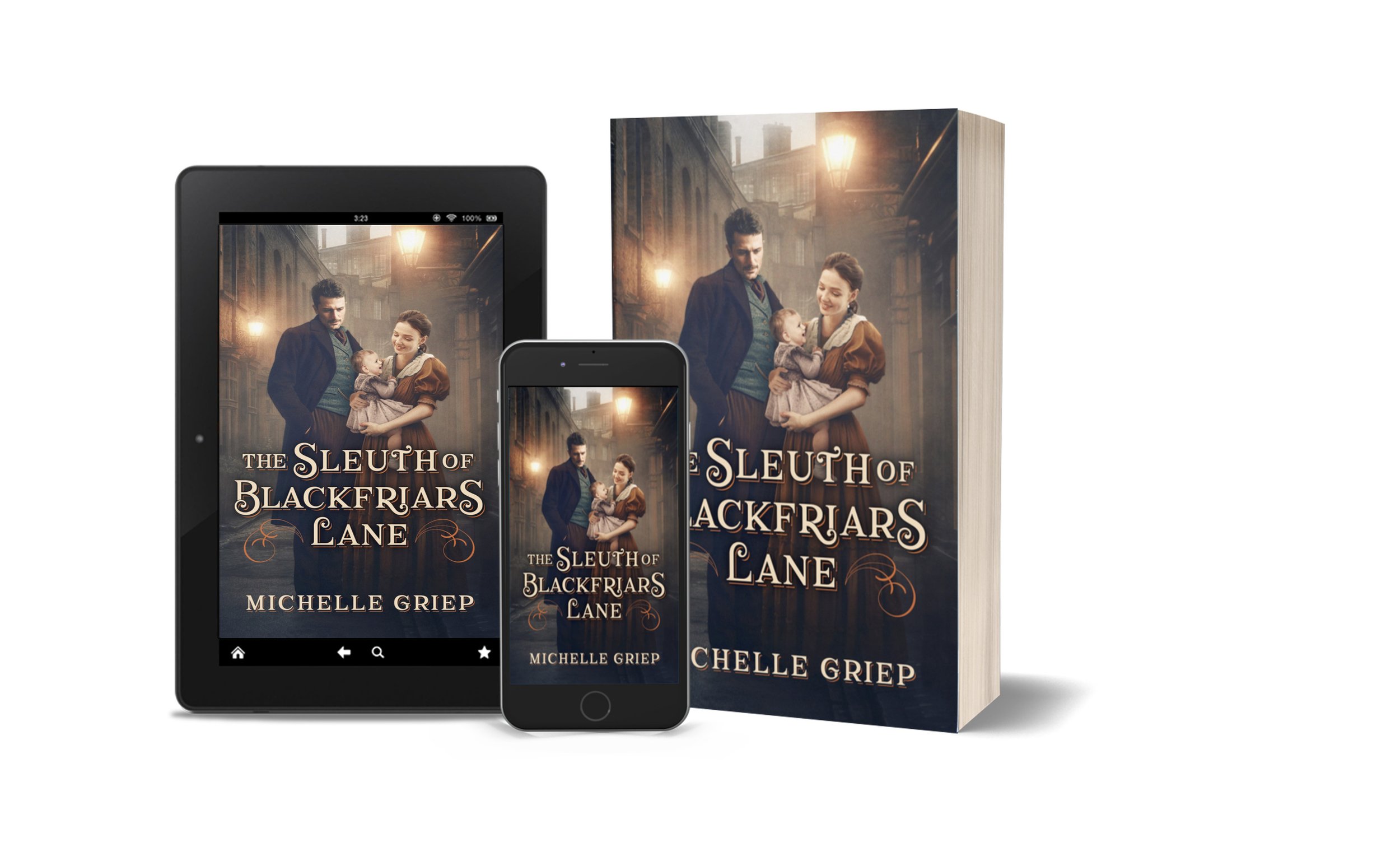Grabbing Java in the Nineteenth Century
Coffee in the Victorian Era
Okay. I’ll admit it. I’m a coffee snob. It all started when I got a job as a barista and my tastebuds were exposed to a wide range of amazing beans.
Coffee is definitely a thing here in the US, but probably isn’t the first beverage of choice that comes to mind when thinking of England. Tea definitely wins first place in the heart of a Brit. Yet while tea remained the quintessential British drink in the Victorian era, coffee houses started to emerge. These were the gathering places for intellectuals, artists, and socialites. Middle and upper class Victorians embraced the coffee house culture as a symbol of cosmopolitanism and sophistication.
But you better believe the working class enjoy a cuppa now and then too, and thus let me introduce you to the coffee stall.
Vendors known as coffee stall men worked on many streets in London during the later nineteenth century and were quite a common sight in working class neighborhoods. They would sell cheap ceramic or metal cups of coffee, or most often people brought their own empty cups along for a fill. These stalls were more like open-air kiosks, equipped with a large metal urn for brewing coffee as well as a jug of milk or cream. Some vendors had a small table and chair for customers to sit and enjoy their coffee, but most did not.
And it is just such a stall wherein my respectable Inspector Baggett purchases a cup of the steaming brew for hero Jackson Forge in my newest release, The Sleuth of Blackfriars Lane.
You can experience other sights and sounds (and smells) of the 19th century by picking up a copy of the book HERE or by trying your hand at winning one of the signed copies I’m giving away.
Now then, I’m off to go grab me a maple latte.
